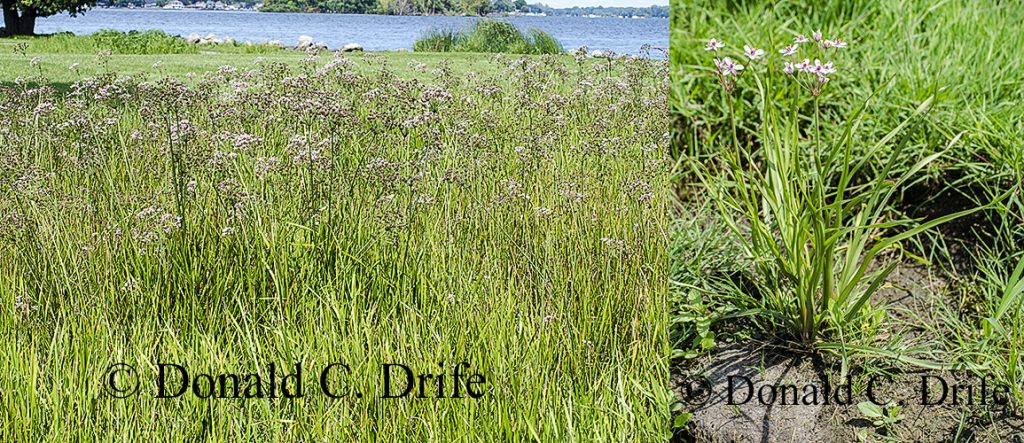
I spent most of my field time in southern Michigan this year searching for invasive plants to photograph for a new talk. Part of the fun of putting together any talk is the hunt for material. This invasive plant talk is no exception. It is fun to get into areas that I normally don’t visit and see different plants and animals.
My invasive plant odyssey continued with a trip to Lake Erie Metropark to look for Flowering-rush (Butomus umbellatus). Lake Erie Metropark is a 1600-acre park with three miles of Lake Erie shoreline. My brother sent me photos of Flowering-rush from one of the picnic areas along the shore so I knew the plant was there. I first checked a drying pond hoping to find Flowering-rush. I found Flowering-rush plants that had finished flowering. However, the pond area was interesting.
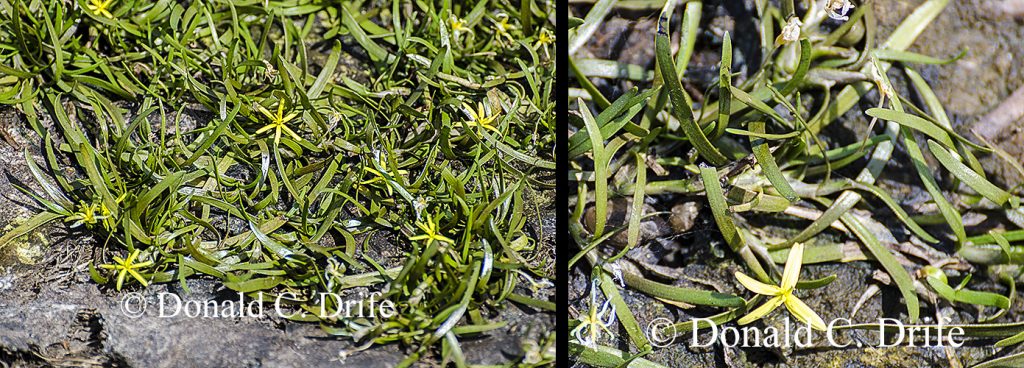
One of the first plants I saw in the mud was Water Star-grass (Heteranthera dubia). It normally grows submerged in water but here in a dried-up section of the pond the terrestrial form was flowering. Its flowers have 6 yellow tepals and last a single day. Plants have narrow grass-like leaves and are limp against the soil. It is not a grass but a member of the Pickerel-weed family (Pontederiaceae).
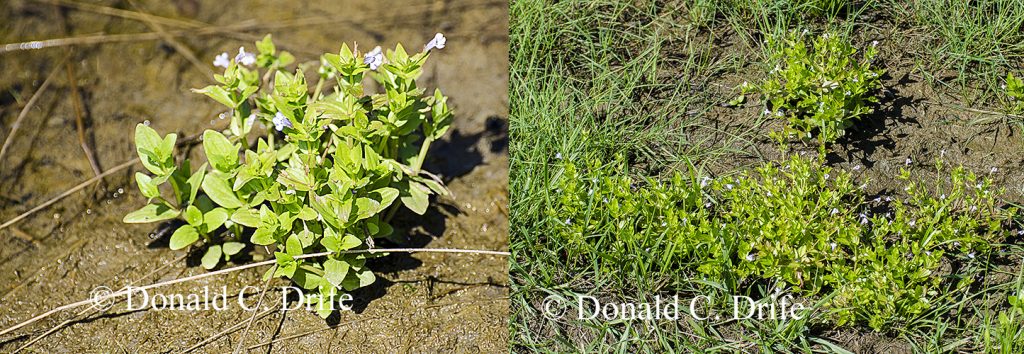
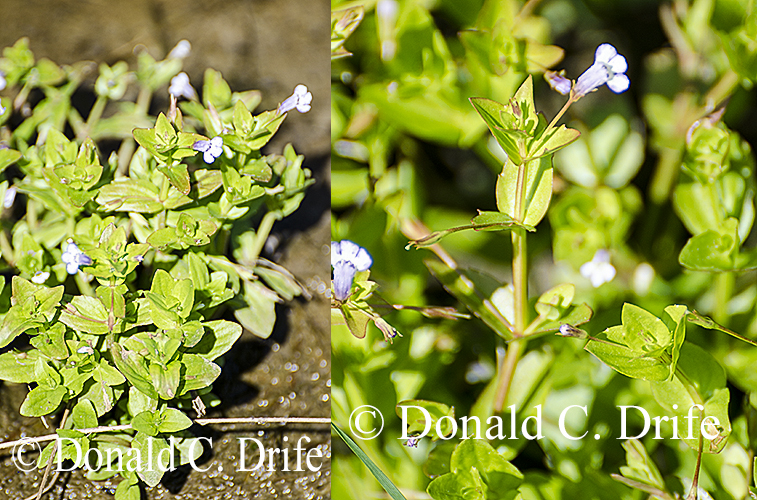
In the same drying pond I found False Pimpernel (Lindernia dubia). It is an annual that appears to have long-lived seeds in the seedbank. It put on a nice display with its pretty blue flowers resembling snapdragons.

Also in the pond area was Water-purslane (Ludwigia palustris). Water-purslane has tiny petaless flowers and looks the same whether flowering or not flowering. The combination of red stems, long stalked leaves, prostrate growth, and growing in a habitat with receding water identifies this plant.

A Spotted Sandpiper flew into the center of the drying pond. I enjoyed watching its bobbing dance, never staying still. Probing the mud with its long bill and eating food unseen by me.
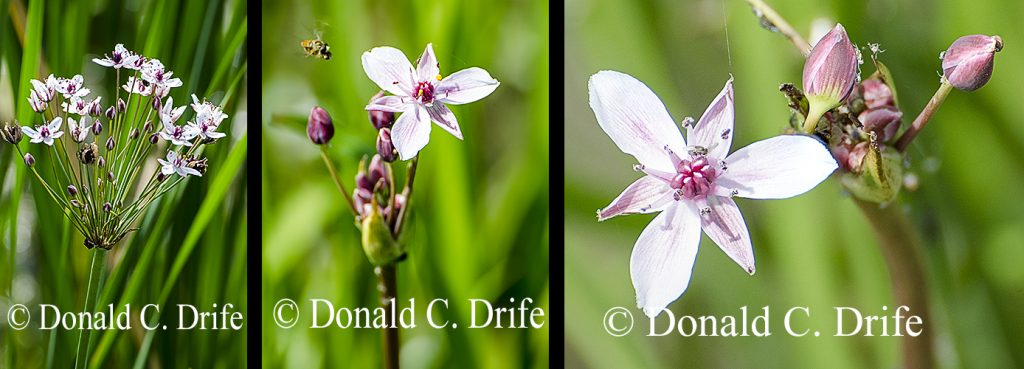
I finally found my quarry, an acre of blooming Flowering-rush. It had choked other species out to form a solid mass. It was first found in Michigan in 1930 not too far from here. Its range has expanded during the last 30 years and it is now found in the Lower Peninsula north to the Straits of Mackinac. It is mistaken for a wild onion by many people because it has a six-parted flower and narrow onion-like leaves. The pink flowers are 10mm [3/8 of an inch] across and rather showy. It is native to Africa and Eurasia.

Hunting invasive plants is an interesting excuse to run around southern Michigan. Tracking down invasive species is harder than I thought it would be. On more than one occasion the plant was removed before I could get its photo. Hopefully I will have a talk on identifying invasive plants ready to present before this year is over.
Copyright 2019 by Donald Drife
Webpage Michigan Nature Guy
Follow MichiganNatureGuy on Facebook

Are the other plants mentioned in your article invasive species or only the Flowering Rush?
Only the flowering rush is invasive. The others are native.